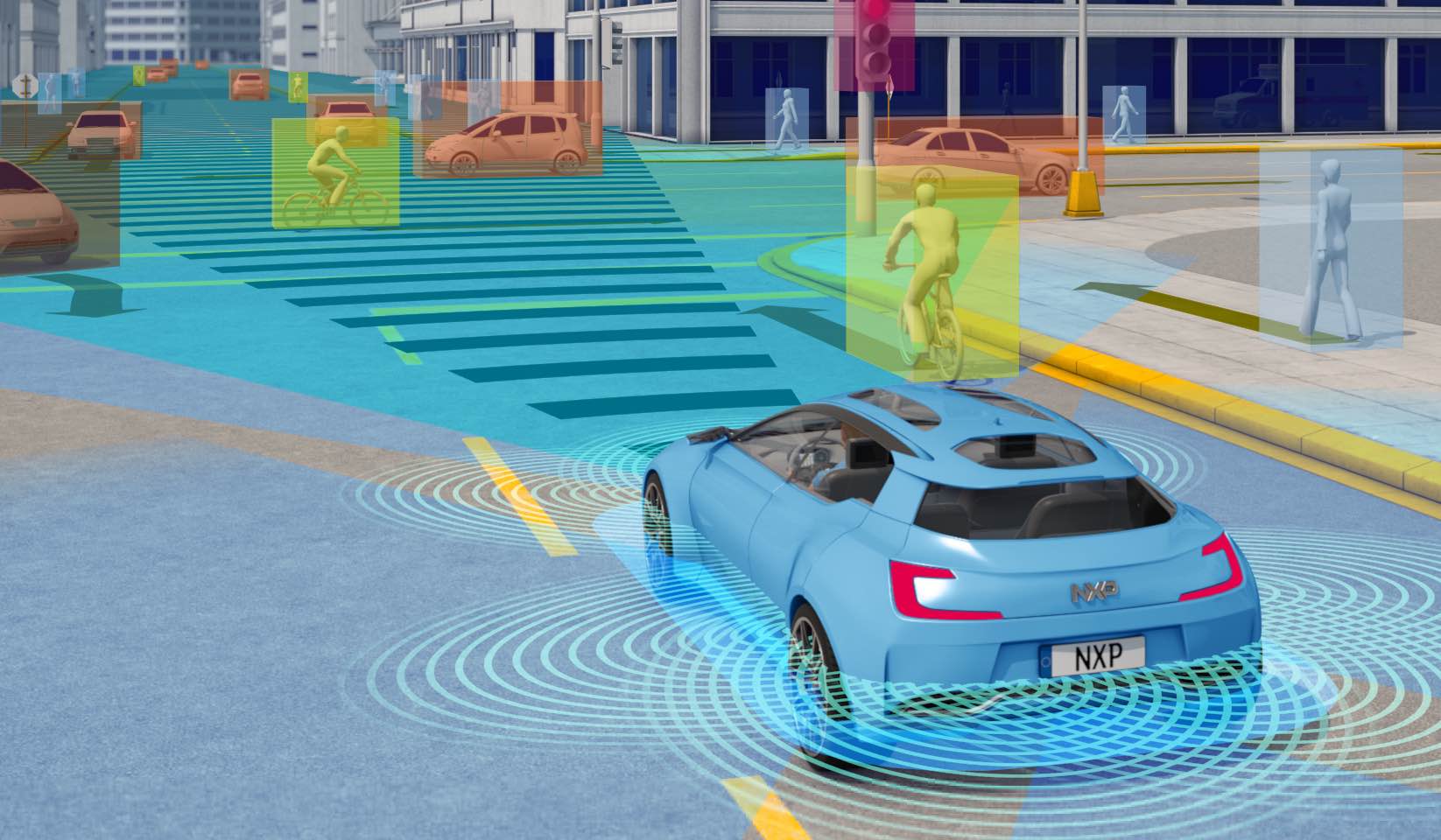That is the thesis posited in a new investigation from the Center for Public Integrity, which sent a reporter to sprawl-saturated South Florida to examine how much of a return the transportation construction industry is getting on its multi-million-dollar contributions to congressional campaigns.
In a time of sluggish economic recovery, when federal dollars can make the difference between cash-strapped states cutting projects and the jobs they create, the Center observes:
[T]he road lobby is no longer the only one in the driver’s seat when itcomes to setting transportation funding priorities. The Obamaadministration is determined to make its own mark on transportationpolicy by completing and repairing the current highway system whileadopting an increasingly diverse menu of investments in mass transit,bike paths, and pedestrian walkways for neighborhood residents whodon’t own a car.
Indeed, many lawmakers and advocates for all modes of transport are already feeling the effects of the White House's endorsement of a more balanced agenda, in which roads share space and attention with rails and bike-ped infrastructure. The American Association of State Highway and Transportation Officials (AASHTO), state DOTs' voice in Washington, has begun retooling its funding pitch to emphasize the "livability" of road projects, a branding campaign that tickles triumphant transit and bike-ped forces.
But what evidence does the Center marshal for its depiction of hemmorhaging power within the road lobby? AASHTO executive director John Horsley is quoted remarking that road-builders "don't think we're chopped liver," but the budgetary realities for federal highway and transit programs make clear that Congress has no intention of striking fear into the hearts of Horsley's members.
The Federal Highway Administration's (FHWA) budget last year topped $40 billion. While about 10 percent of one funding category within the agency is set aside for bike-ped and related projects under the Transportation Enhancements aegis, and the Obama administration has requested $67 million more for the Federal Transit Administration (FTA) next year [PDF] while leaving highway funding flat, the FHWA's pot remains four times the size of the FTA's.
That highways-transit split would budge only slightly under the new six-year federal transport bill released last year by Rep. Jim Oberstar (D-MN), going from 80-20 to 75-18, according to early estimates.
In addition, the inter-agency sustainable communities office that has won kudos from clean transportation groups remains a fraction of the size of the overall road-funding pie. If Congress agrees to the White House's 2011 request for new livability grants, integrating the goals of the U.S. DOT and the Department of Housing and Urban Development (HUD), the total amount of dedicated livability funding would still fall short of $1 billion.
So what's behind the worries of the "road gang" that their priorities are playing second fiddle? It's the same lack of direction and clarity that is plaguing the entire transportation world -- from highway planners to transit operators to the construction firms that work with both modes. From the Center's report (emphasis mine):
[U]ntil the road lobby figures out how to best leverage not just its webof connections in Washington — well over 300 lobbyists in all — butalso its own grassroots supporters in local districts, it will strugglemightily to make progress on the Hill. So, too, for everyone else intransportation. ...
It is not so much a direct fight the transportation lobbyhas on its hands as it is a failure to agree to a common set ofprinciples or priorities. ... While some of their leaders continue to quietlydiscuss it, their unresolved issues are among the reasons why themultiyear transportation bill remains stalled in Congress.
Despite the appeal of the Center's suggestion that roads are losing their sway in Washington, it's that message of overall confusion that transportation groups of all stripes might want to heed -- as hard as it may be to hear.
(ed. note. This post has been corrected to reflect an inaccurate statement about the source of Transportation Enhancements funding.)





